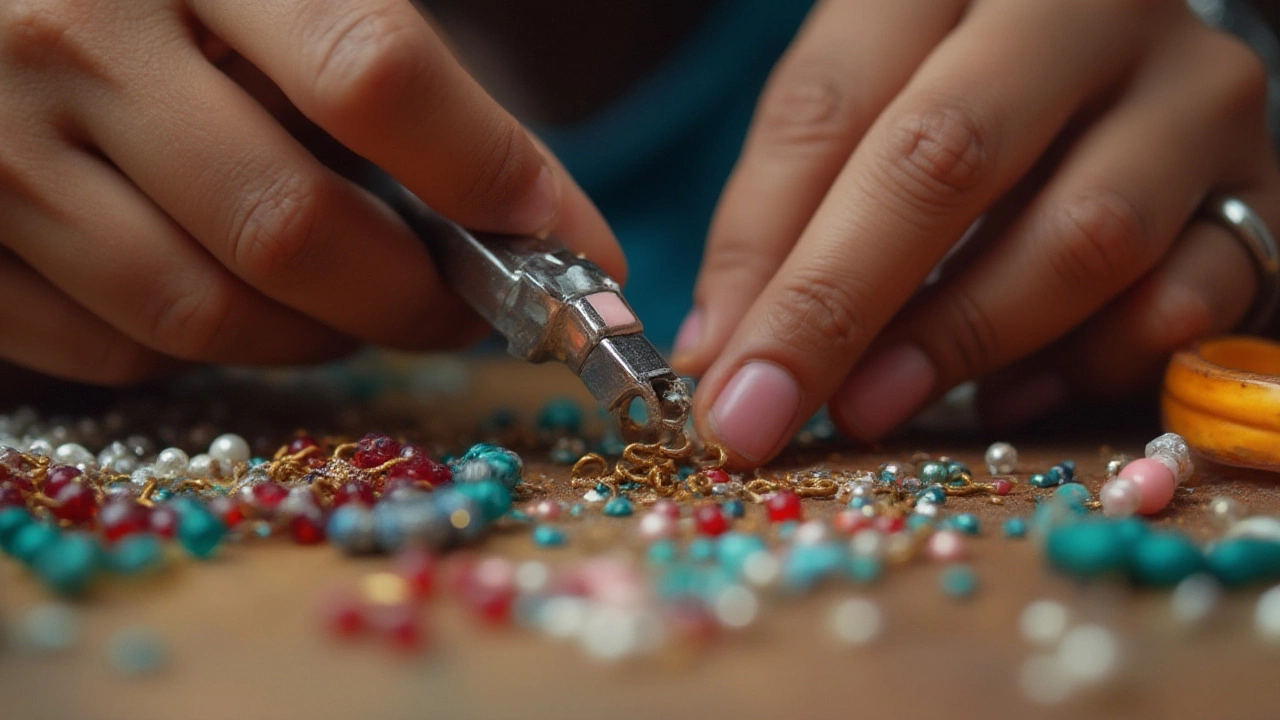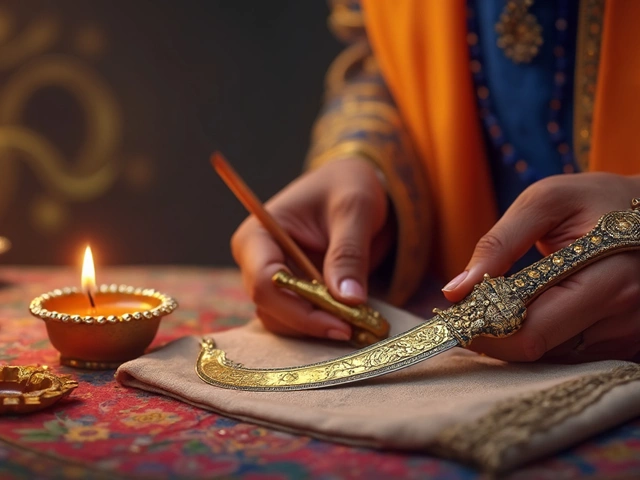Jewelry Making Tools Every Maker Should Know
If you’re just starting out or looking to upgrade, the right tools can make the difference between a messy experiment and a polished piece. Below you’ll get a quick rundown of the basics, why each tool matters, and how to pick options that fit your budget.
Core Tools for Cutting, Shaping, and Finishing
Wire cutters are the first thing you’ll reach for. A good pair snaps thin gauge wire cleanly without crushing it. Look for a sturdy jaw and a comfortable grip – cheap plastic handles wear out fast.
Round‑nose and flat‑nose pliers let you form loops, bends, and crimps. A smooth jaw finish prevents marring delicate metal. Keep a set in two sizes; the smaller one handles fine work, the larger one tackles heavier gauge.
Saw frames and blades are essential for cutting bars, sheet, and even thick wire. Choose a saw with a quick‑release clamp so you can swap blades without fiddling. Bi‑metal blades last longer on harder alloys like sterling silver.
Files and sandpaper shape edges and smooth surfaces. A set of needle files in coarse, medium, and fine grits covers most jobs. Pair them with a few sheets of 400‑800 grit sandpaper for a refined finish.
Polishing wheel and compounds give your pieces that showroom shine. A flexible wheel with a soft felt or muslin pad works for most metals. Copper, brass, and gold each need a specific compound – don’t mix them.
Specialty Tools and Smart Buying Tips
If you plan to set stones, a bezel pusher and prong pusher are worth the investment. They let you raise settings without damaging the stone. For soldering, a small torch with adjustable flame and a soldering block keep the work area safe.
Budget‑savvy makers often start with a starter kit. These kits bundle the basics – cutters, pliers, saw, and a few files – at a discount. Just double‑check the quality; a cheap kit can break mid‑project and cost more in the long run.
When buying, ask yourself three questions: Will this tool handle the materials I use most? Does it feel comfortable in my hand? Can I replace parts easily? Tools with interchangeable jaws or replaceable blades extend their life.
Maintenance is simple but often ignored. Wipe down metal parts after each session to prevent rust. Store pliers and cutters in a padded case to avoid bending the jaws. Sharpen saw blades regularly – a dull blade snags and damages the workpiece.
Finally, keep a small notebook of the tools you own and the projects you’ve used them on. Over time you’ll see patterns – maybe you need a larger set of files or a stronger torch. This habit saves money and helps you upgrade only when it truly adds value.
With the right mix of core and specialty tools, plus a habit of regular care, you’ll move from hobbyist experiments to finished pieces that look store‑bought. Explore our other articles for deeper dives on stone setting, gold purity marks, and how to start a home jewelry business – all tailored to help you get the most out of your toolkit.
Jump Ring Opener: Essential Jewelry Tool for Effortless Design
A jump ring opener makes jewelry crafting quick and easy. Learn how this simple tool can change the way you handle tricky little rings and save your fingers.





